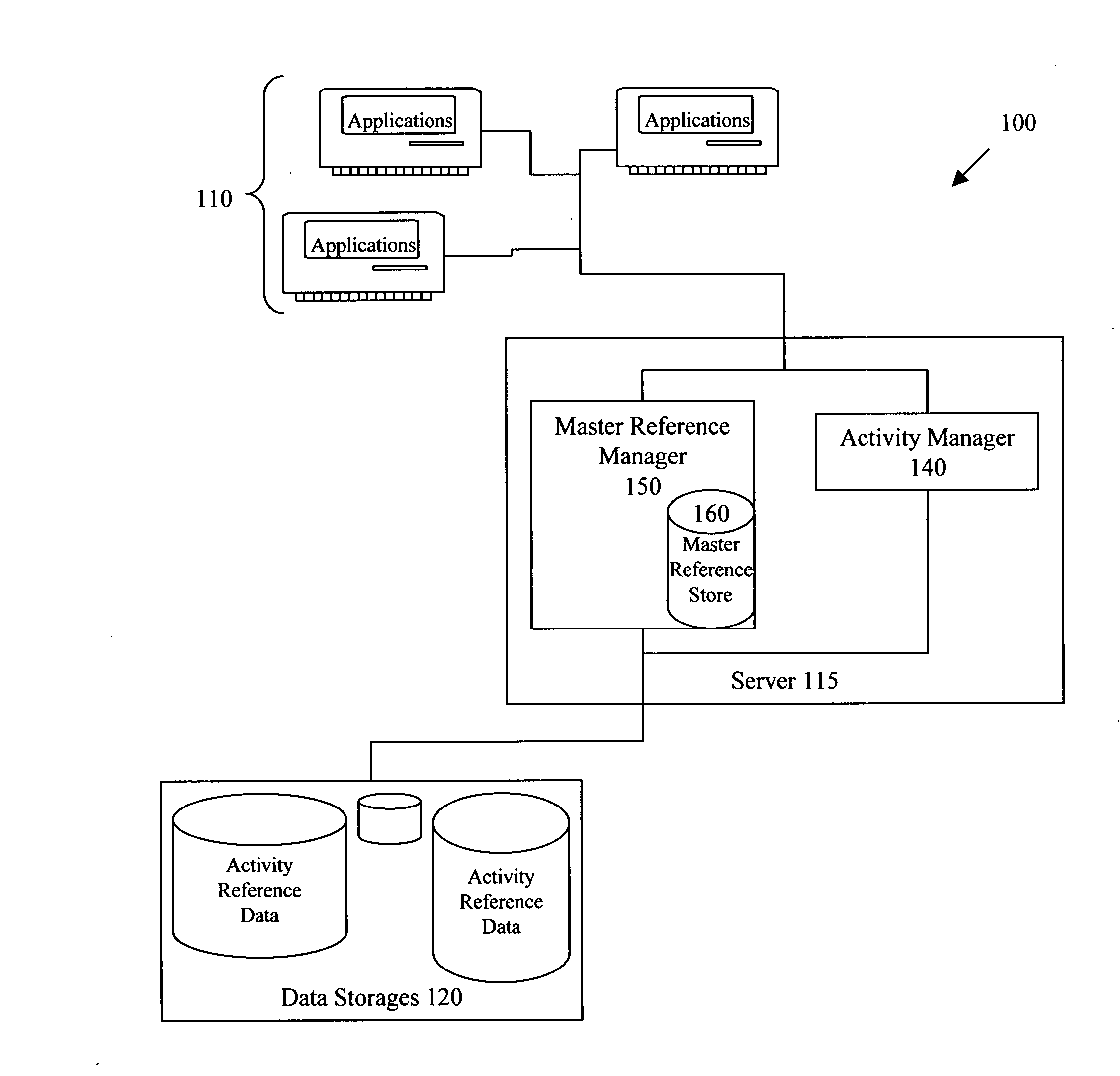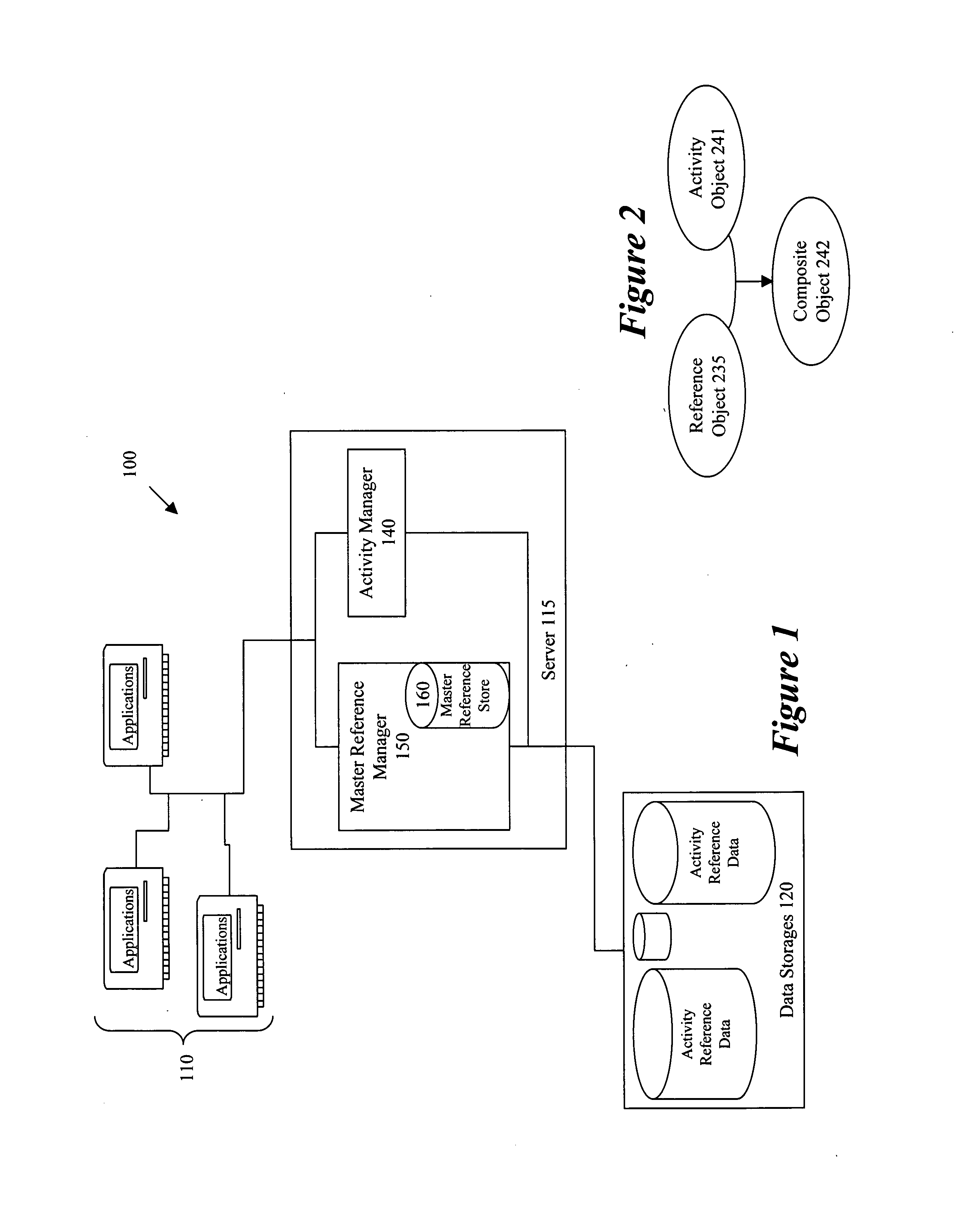Method and apparatus for data integration and management
a data integration and management technology, applied in the field of data integration and management, can solve the problems of data reconciliation and providing a unified view, most companies fail to recognize, and enterprises have been unable to properly leverage this data
- Summary
- Abstract
- Description
- Claims
- Application Information
AI Technical Summary
Problems solved by technology
Method used
Image
Examples
Embodiment Construction
[0030] The invention is directed towards method and apparatus for data integration and management. In the following description, numerous details are set forth for purpose of explanation. However, one of ordinary skill in the art will realize that the invention may be practiced without the use of these specific details. In other instances, well-known structures and devices are shown in block diagram form in order not to obscure the description of the invention with unnecessary detail.
[0031]FIG. 1 illustrates a system 100 that implements data integration operations according to some embodiments of the invention. An enterprise can use this system to maintain records regarding its interactions with other entities, e.g., its customers, vendors, products, etc. As shown in this figure, the system 100 includes (1) one or more applications 110, (2) one or more servers 115, (3) one or more data storages 120, and (4) a master reference manager 150 and an activity manager 140 that run on the ...
PUM
 Login to View More
Login to View More Abstract
Description
Claims
Application Information
 Login to View More
Login to View More - R&D
- Intellectual Property
- Life Sciences
- Materials
- Tech Scout
- Unparalleled Data Quality
- Higher Quality Content
- 60% Fewer Hallucinations
Browse by: Latest US Patents, China's latest patents, Technical Efficacy Thesaurus, Application Domain, Technology Topic, Popular Technical Reports.
© 2025 PatSnap. All rights reserved.Legal|Privacy policy|Modern Slavery Act Transparency Statement|Sitemap|About US| Contact US: help@patsnap.com



